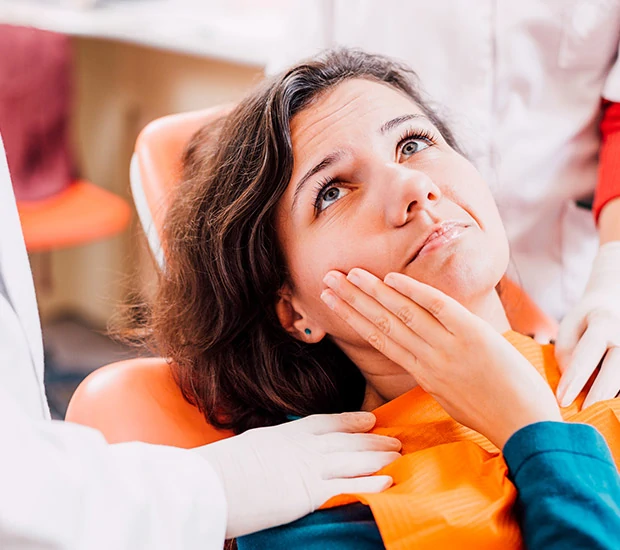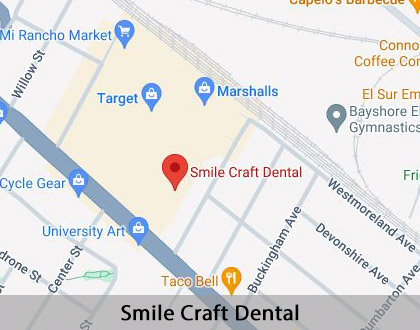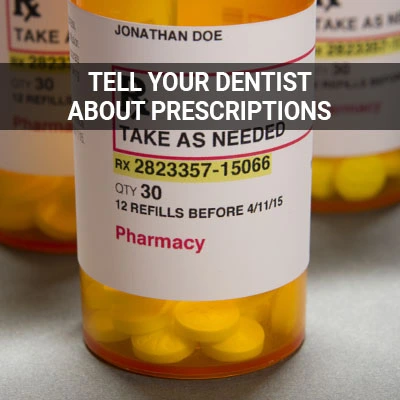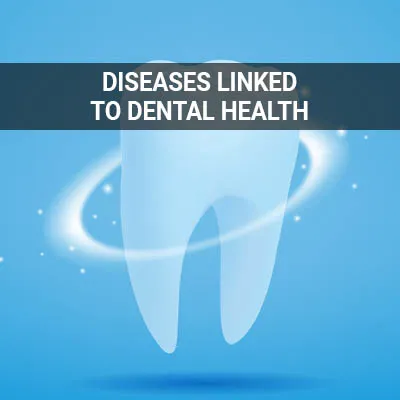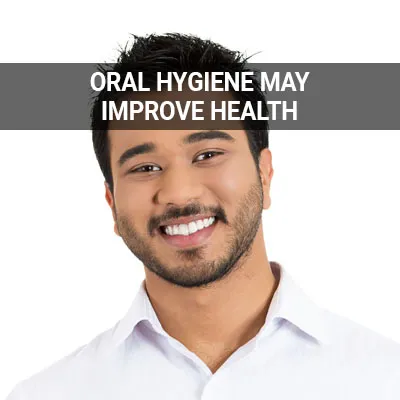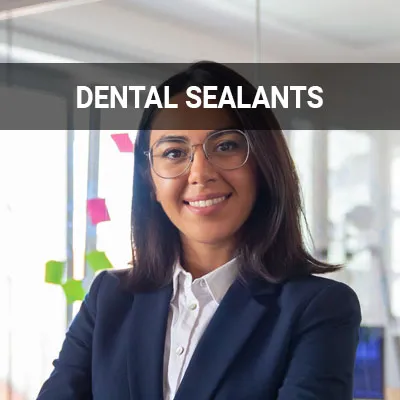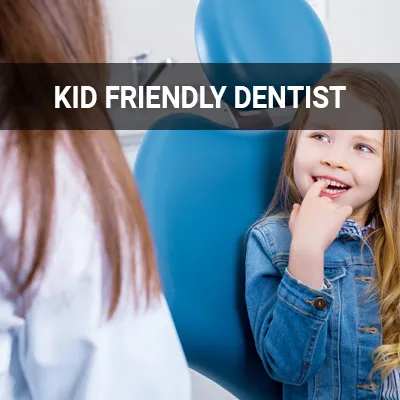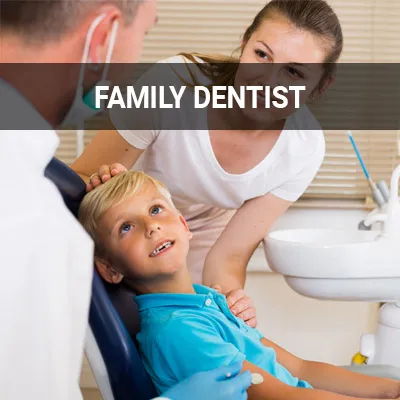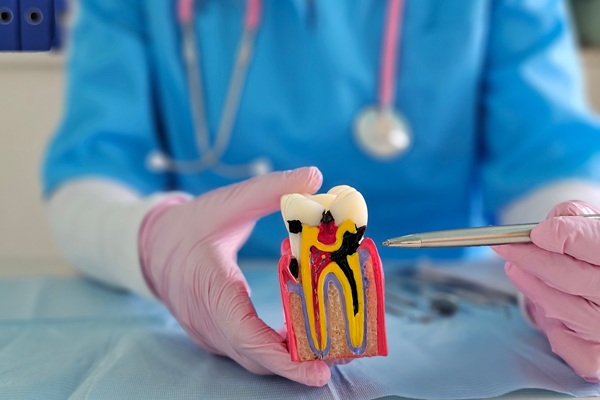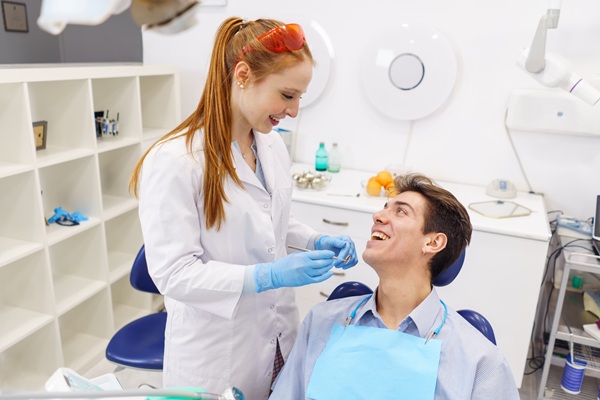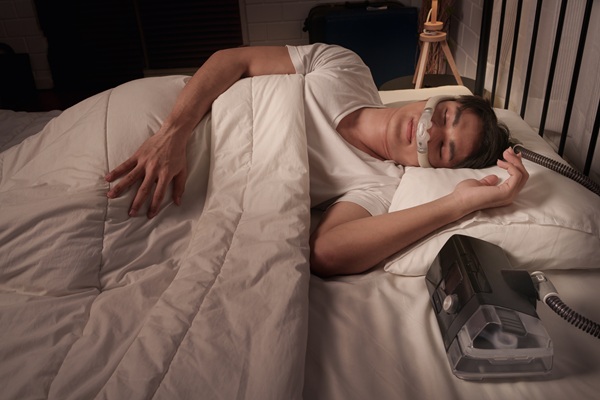Habitual Vs. Genetic
Habitual
Dental problems stemming from behavior, habit, and maintenance affect a person’s oral health from birth to adulthood. Maintaining a proper oral hygiene routine is crucial from the moment the first teeth erupt. A healthy routine for adult teeth consists of brushing 2-3 times a day, flossing daily, rinsing before and after meals, and visiting the dentist for regular checkups and cleanings.
Genetic
A variety of oral health conditions are primarily genetic and may be out of a person’s control. In most cases, health conditions are a combination of genes and the environment. Oral conditions found to be genetic to some extent include periodontal disease, cavities and caries, tooth decay and erosion, oral cancer, cleft lip or palate, and misaligned teeth. These conditions can escalate with improper or inadequate oral hygiene and impact other body systems.
How to Prevent These Issues
Oral care in early infanthood (wiping down or brushing the infant’s gums several times a day) is the first step in the oral health journey and can significantly decrease a person’s risk of other diseases through adulthood. More severe conditions such as gingivitis, periodontal disease, and oral cancer can be treated by a dental professional through surgeries and various treatments when found early on.
“In most cases, health conditions are a combination of genes and environment.”
Cavities and Sensitive Teeth
Cavities and caries are the root causes of initial tooth decay caused by a breakdown of the tooth’s enamel. As tooth structure decays, the teeth and surrounding areas become sensitive to hot and cold food, drink, air, and temperature. Sensitive teeth tend to bleed more or cause discomfort when brushing and flossing, leading to poor oral hygiene.
Other Effects of Cavities
Cavities are also the leading cause of tooth decay and tooth loss. According to the CDC, “Untreated tooth decay can lead to [an] abscess (a severe infection) under the gums which can spread to other parts of the body and have serious, and in rare cases fatal, results.” Infections include gum disease, and, in more severe cases, periodontal disease, which can both profoundly impact the body systems, especially the digestive and respiratory tracts.
“As tooth structure decays, the teeth and surrounding areas become sensitive to hot and cold food, drink, air, and temperature.”
Cracked and Broken Teeth
Cracked teeth can happen in a variety of ways: craze lines, cracked cusps, cracked teeth, and split teeth. Craze lines are common in adults and are not harmful as they are merely on the surface enamel but may lead to a cracked tooth. Cracked cusps can lead to a broken tooth, and cracked and split teeth need immediate attention as they can cause damage to other parts of the mouth, especially the gums.
Cracked or broken teeth can cause many oral and general health problems, as cracks give way to bacteria and infection. The Oral Health Foundation found that “If they are not treated, cracked teeth can lead to the death of the nerve, and an abscess might grow.” An abscess is full of pus and bacteria, and when it opens, the bacteria travels through various tracts to the body.
“Cracked or broken teeth can cause many oral and general health problems, as cracks give way to bacteria and infection.”
Check out what others are saying about our dental services on Yelp: Conditions Linked to Dental Health in Redwood City, CA
Oral Cancers
Oral cavity and oropharyngeal cancer most commonly result from behavioral factors such as smoking, excessive drinking, and poor nutrition. People with a weak immune system are at the highest risk of developing oral cancers, as the body is unable to fight bacteria and infection as effectively. Human papillomavirus (HPV) infections can also cause oral cancers because of their effect on the mouth and throat.
Oral hygiene plays a vital role in reducing the risk of oral cancers along with preventing oral and general health concerns. The American Cancer Society found that “the overall health of the mouth, teeth, and gums may impact oral cavity and oropharyngeal cancer risk because of changes in the normal bacteria in the mouth.” Poor oral hygiene may be linked to these cancers because of bacterial infections, tooth decay, and gum disease.
“Oral hygiene plays an important role in both reducing risk of oral cancers and preventing oral and general health concerns.”
Questions Answered on This Page
Q. Are oral conditions genetic or a result of environmental factors?
Q. How do cavities relate to teeth sensitivity?
Q. How can a cracked or broken tooth affect other body systems?
People Also Ask
Q. What preexisting conditions are linked to oral health?
Q. How is diabetes affected by oral hygiene?
Q. How do lifestyle choices affect dental health?
Q. What should patients do if they have sensitive teeth?
Q. How can I find out if my employer’s plan covers dental treatments?
Gum Disease Link to General Health
Gum disease is the leading cause of tooth decay, tooth loss, and, in severe cases, periodontal disease. The CDC found that “Certain chronic conditions increase one’s risk for periodontal disease including diabetes, a weakened immune system, poor oral hygiene, and heredity.” Gum and periodontal disease, characterized by sensitive and inflamed gums, are linked to decay and can result in tooth and bone loss when left untreated.
Diabetes is another common condition that both affects and is affected by gum disease. According to the Mayo Clinic, “By reducing the body’s resistance to infection, diabetes puts your gums at risk. Gum disease appears to be more frequent and severe among people who have diabetes since people who have gum disease have a harder time controlling their blood sugar levels.” Gum and periodontal care can help manage diabetes while maintaining stability in blood sugar can also help mitigate gum and periodontal disease.
Frequently Asked Questions About Conditions Linked to Dental Health
Q. How are complete health dentists different from regular dentists?
A. Complete health dentists understand the oral and general health connection and implement this understanding throughout their practice. They utilize only biocompatible, non-toxic materials, eliminate infections in the mouth that can affect other systems, and promote optimal health between the jaw, head, teeth, and neck structural relationships. The main difference is that a complete health dentist identifies areas of oral disease and structural dysfunction that may be impacting your overall health, pinpoints the causes, and treats these issues using holistic methods.
Q. What treatments or procedures do complete health dentists offer?
A. Some of the treatments complete health dentists provide are natural dental cleanings that do not involve the use of fluoride, dental fillings that are BPA-free & metal-free, IV therapy, nutritional counseling, crown replacement using metal-free components, and metal-free dental bridges. They can also refer a patient to a complete medical professional who can examine them for issues found by the dentist or related to oral health concerns.
Q. How can a complete health dentist detect signs of other conditions and diseases?
A. Complete health dentists first target essential problems that can cause tooth decay and tooth loss, such as cavities and caries. They also test for gum disease and periodontal disease to detect harmful bacteria, as many of the symptoms do not arise until there is a significant effect on the teeth. They also conduct an oral cancer screening to catch the disease in its early stages, which can eliminate it while also preventing other diseases from occurring.
Q. Can a medical care physician refer me to a complete health dentist if my condition is oral-related?
A. Yes. Complete health dentists and complete health physicians work hand-in-hand to relieve symptoms and target issues that affect both the mouth and other body systems. A complete health physician understands whether a general health condition is related to oral concerns. A patient can be referred to either when diagnosed with an issue, and oral and general concerns can be combated simultaneously to achieve more effective results.
Q. What are common conditions or diseases a complete health dentist can detect from looking in the mouth?
A. By understanding the oral-systemic health connection, complete health dentists can detect diabetes, leukemia, oral cancer, pancreatic cancer, heart disease, and kidney disease among other conditions. They can also recognize eating disorders, heavy drinking and smoking, stress, anxiety, and pregnancy.
Dental Terminology
- Cracked Teeth
- A cracked tooth is a common condition where the tooth cracks, breaks, or fractures due to injury or trauma.
- Dental Checkup
- A dental checkup is an appointment that involves cleaning the teeth, identifying any signs of infection and removing said signs of infection at least once every six months in the office.
- Oral Cancer
- Oral cancer includes cancers of the cheeks, lips, tongue, mouth floor and roof, and gums.
- Periodontal Disease
- Periodontal disease is a condition that causes inflammation of the gingival tissues and membrane of the teeth, leading to tooth loss without professional treatment.
Learn More About Complete Health Dentistry Today
If you are looking for information or advice regarding complete health dentistry, call us at 650-241-0284.
Helpful Related Links
- American Dental Association (ADA). Glossary of Dental Clinical Terms. 2023
About our business, license, and website security
- Smile Craft Dental was established in 2019.
- We accept the following payment methods: American Express, Cash, Check, Discover, MasterCard, and Visa
- We serve patients from the following counties: San Mateo County and Santa Clara County
- We serve patients from the following cities: Redwood City, San Carlos, Atherton, Redwood Shores, Menlo Park, Woodside, Palo Alto, East Palo Alto, Belmont, and San Mateo
- Norton Safe Web. View Details
- Trend Micro Site Safety Center. View Details
Back to top of Conditions Linked to Dental Health
QR code for Conditions Linked to Dental Health

